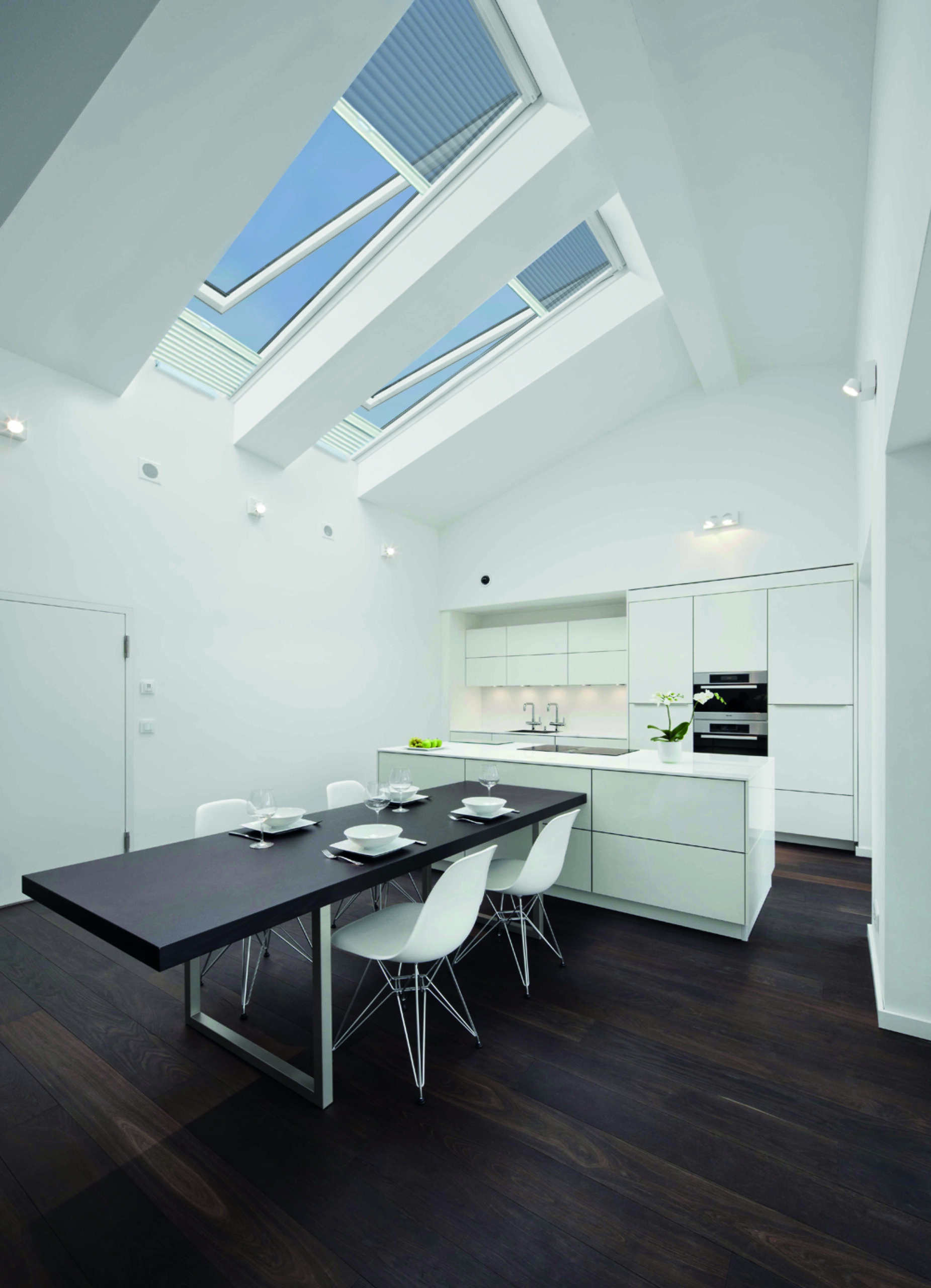What Size/Type of Skylight Do I Need?
Selecting the right size, type and positioning for a skylight or roof window involves balancing factors such as the amount of natural light you want to bring in, the room’s size and purpose, energy efficiency, and the architectural design of your home. Here’s a comprehensive guide to help you choose.
1. Choose Skylight Type
Types of Skylights:
2. Determine the Room’s Lighting Needs
Assess the Amount of Light Required:
General Guidelines for Room-to-Skylight Size Ratio:
3. Consider Energy Efficiency and Heat Gain
Balance Light and Heat:
4. Assess Roof and Structural Considerations
Evaluate Roof Structure:
5. Interior and Exterior Design Integration
Ensure Design Harmony:
6. Where to Locate a Roof Window
General Placement Guidelines:
Structural Considerations:
Aesthetic and Design Integration:
Regulatory and Code Requirements:


